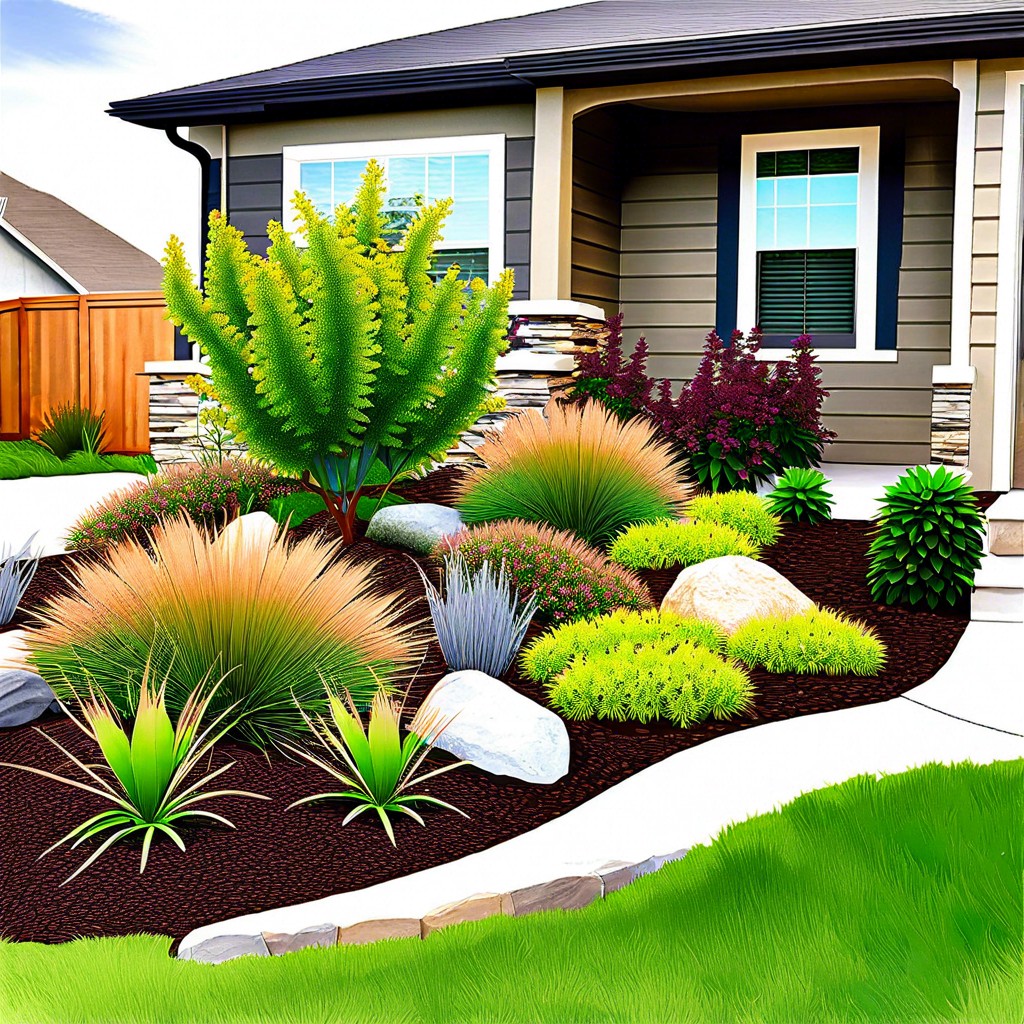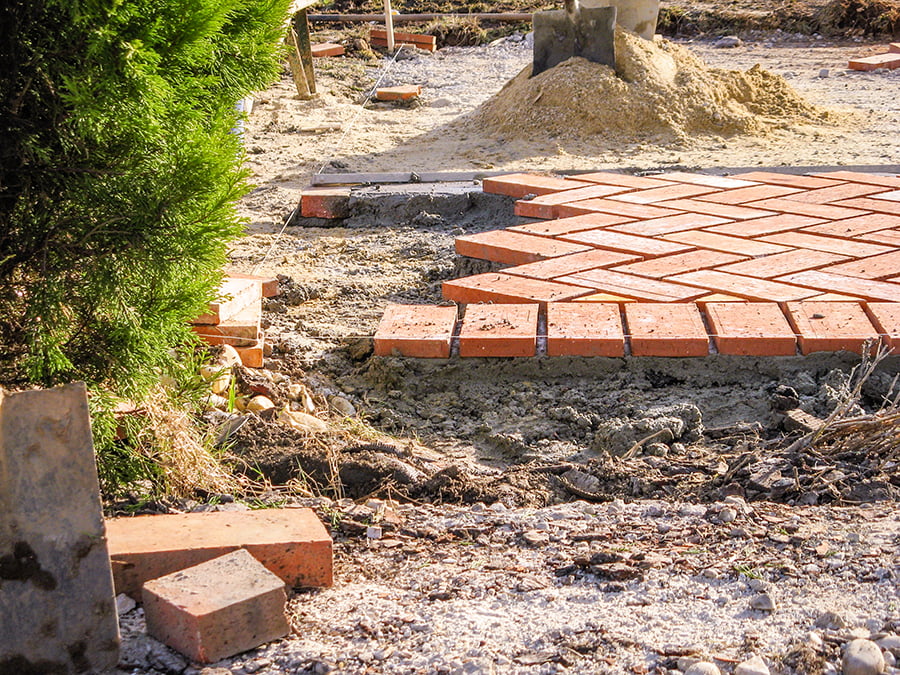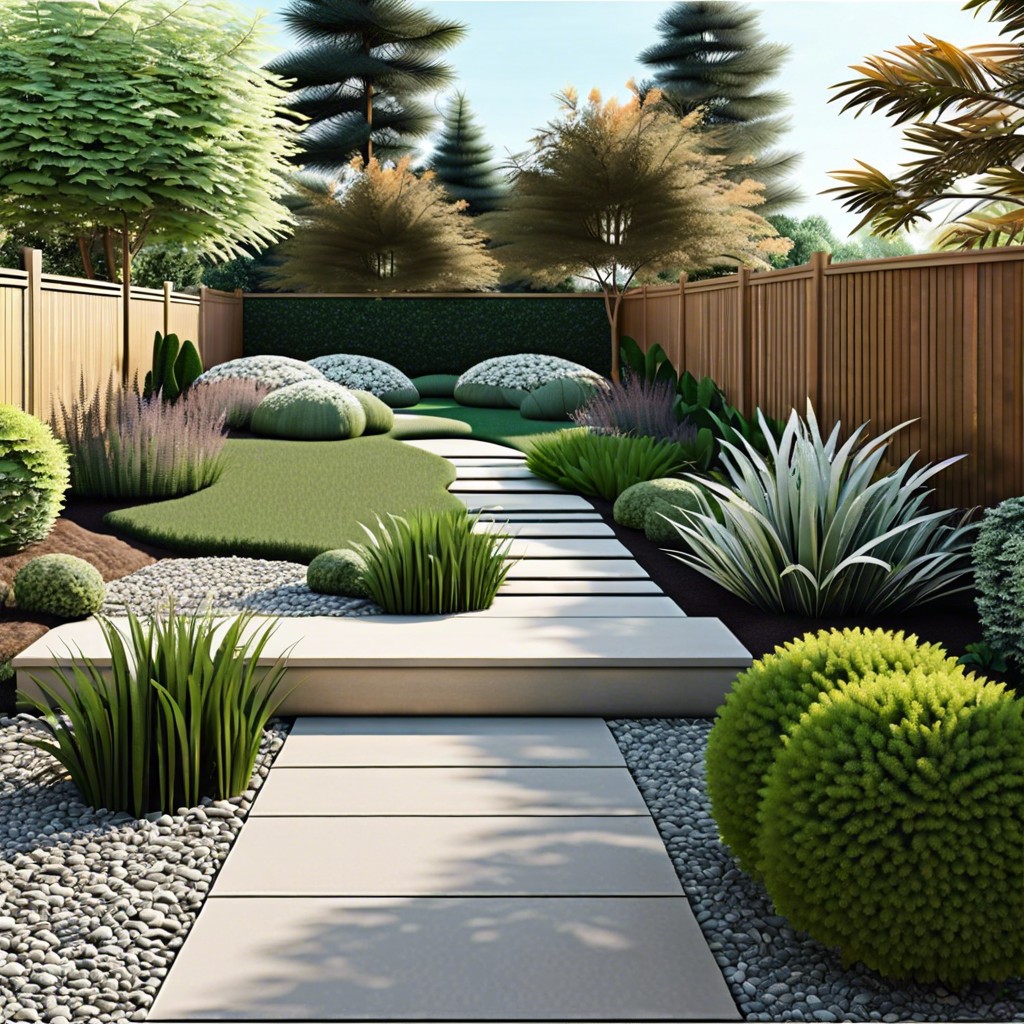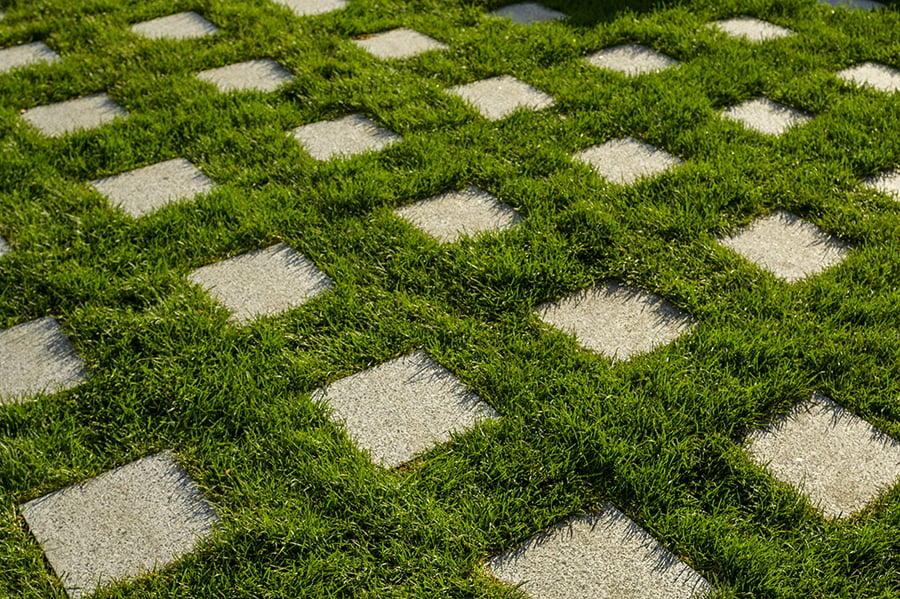Transform your front yard into an attractive and easy-to-maintain space with practical landscaping strategies designed to minimize upkeep and enhance curb appeal.
Key takeaways:
- Choose native plants for low maintenance and ecological benefits.
- Incorporate perennial plants for year-round beauty.
- Utilize evergreens for low maintenance landscaping.
- Plant ground cover to reduce weeding and watering.
- Consider artificial turf as a grass alternative for easy upkeep.
Choose Native Plants for Ease and Adaptability

Selecting native plants for your front yard not only supports local ecosystems but also drastically cuts down on maintenance. These plants have naturally evolved to thrive in your region’s climate, soil, and with the local rainfall, meaning they require less watering, fertilizing, and pest control compared to non-native species.
Here’s why native plants make an excellent choice:
- Climate Compatibility: They are well-suited to the weather patterns of your area, making them resilient to extremes, whether it’s dry spells or heavy rain.
- Pest Resistance: Native flora has developed defenses against local pests, reducing the need for chemical interventions.
- Low Water Needs: They are accustomed to the rainfall in your location, so once established, many need minimal irrigation beyond natural precipitation.
- Support Wildlife: Native plants provide habitat and food for local wildlife like birds, bees, and butterflies, enhancing the ecological value of your garden.
Consider consulting with a local nursery or an extension service to find the best native plants for your front yard. They can range from flowering perennials that add color to hardy shrubs that need minimal pruning. Incorporating these into your landscape design contributes to a yard that’s both beautiful and easy to care for.
Opt for Perennial Plants for Year-Round Interest
Perennials, the stalwarts of the garden, are favored for their ability to bloom repeatedly, year after year. Unlike annuals, which need to be replanted each season, these plants return to provide color and texture to your front yard with minimal effort on your part. By carefully selecting a variety of perennials that flower at different times, you’ll ensure a continuous display of beauty.
Here are a few tips for incorporating perennials into your landscape:
- Diverse Blooming Schedule: Mix species that offer a range of blooming periods, from early spring to late fall, to keep your yard vibrant across seasons.
- Right Plant, Right Place: Pay attention to each plant’s requirements regarding sunlight, water, and soil type for optimal growth with minimal intervention.
- Easy Care Favorites: Seek out perennials known for hardiness and disease resistance, such as daylilies, coneflowers, and sedum, to limit the need for extra care.
- Size Considerations: Position taller perennials at the back and shorter ones in front to create a tiered effect that gives each plant access to sunlight and visual appeal.
By establishing a perennial foundation, your front yard will transform into a dynamic yet low maintenance landscape, providing year-round interest and lasting enjoyment.
Incorporate Evergreens for Low Maintenance Beauty
Evergreens are a cornerstone of low-maintenance landscaping because they provide year-round color and structure with minimal care. These resilient plants come in various types, from ground-hugging shrubs to towering trees. Their ability to thrive in diverse climates and resist pests contributes to less upkeep for you.
- Size and Shape Variety: Whether you prefer a natural or a formal aesthetic, there’s an evergreen to match. Dwarf varieties fit small spaces, while larger species can offer privacy.
- Minimal Trimming Required: Unlike deciduous plants, evergreens don’t require frequent pruning. Some may only need an occasional shape-up.
- Drought Resistance: Once established, many evergreens are drought tolerant, negating the need for regular watering.
- Soil Compatibility: They’re adaptable to a range of soil types, though it’s always best to check the specific needs of the species you choose.
- Wind and Noise Buffer: Their dense foliage can serve as a natural barrier, providing a sense of seclusion and quiet.
By selecting the right evergreens for your front yard, you can create a landscape that stands up to the seasons and simplifies your gardening to-do list.
Plant Ground Cover to Reduce Weeding and Watering
Using ground cover plants is a strategic approach to minimizing yard maintenance. These plants spread across the soil, discouraging weed growth by blocking sunlight and occupying the space that invasive species might take. They also help retain moisture in the soil, which means you’ll have to water your garden less frequently.
Consider varieties such as creeping thyme, sedum, or low-growing shrubs like juniper, which are robust and require minimal care. With a dense mat of roots, ground covers also prevent soil erosion, protecting your landscaping from the elements.
When selecting ground cover, choose species that thrive in your local climate and soil conditions to ensure a lush, healthy front yard with minimal effort.
Integrate Artificial Turf As a Grass Alternative
Artificial turf has become an increasingly popular choice among homeowners seeking a pristine lawn without the constant upkeep. By opting for this synthetic grass, you eliminate the need for mowing, watering, and fertilizing.
Durability: It stays green and lush throughout the year, regardless of weather conditions, and is durable enough to withstand heavy foot traffic without bare spots or mud.
Water Conservation: This is especially valuable in regions with water restrictions or for those looking to reduce their environmental footprint.
Time Savings: Imagine the extra leisure time you’ll reclaim on weekends without the chore of lawn care.
Allergies: A synthetic lawn can also provide relief for those with grass allergies, allowing more enjoyable time spent in the front yard.
Aesthetic Consistency: Your yard will maintain a consistent appearance, adding curb appeal with minimal effort.
Keep in mind, the initial cost can be higher than seeding a lawn, but the long-term savings on upkeep can be substantial. Plus, advances in the design have led to varieties that look remarkably realistic, so striking that coveted balance between beauty and practicality has never been easier.




